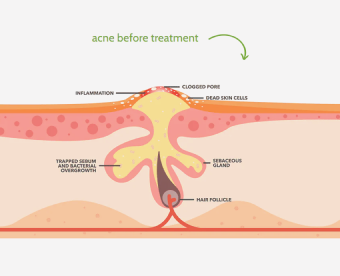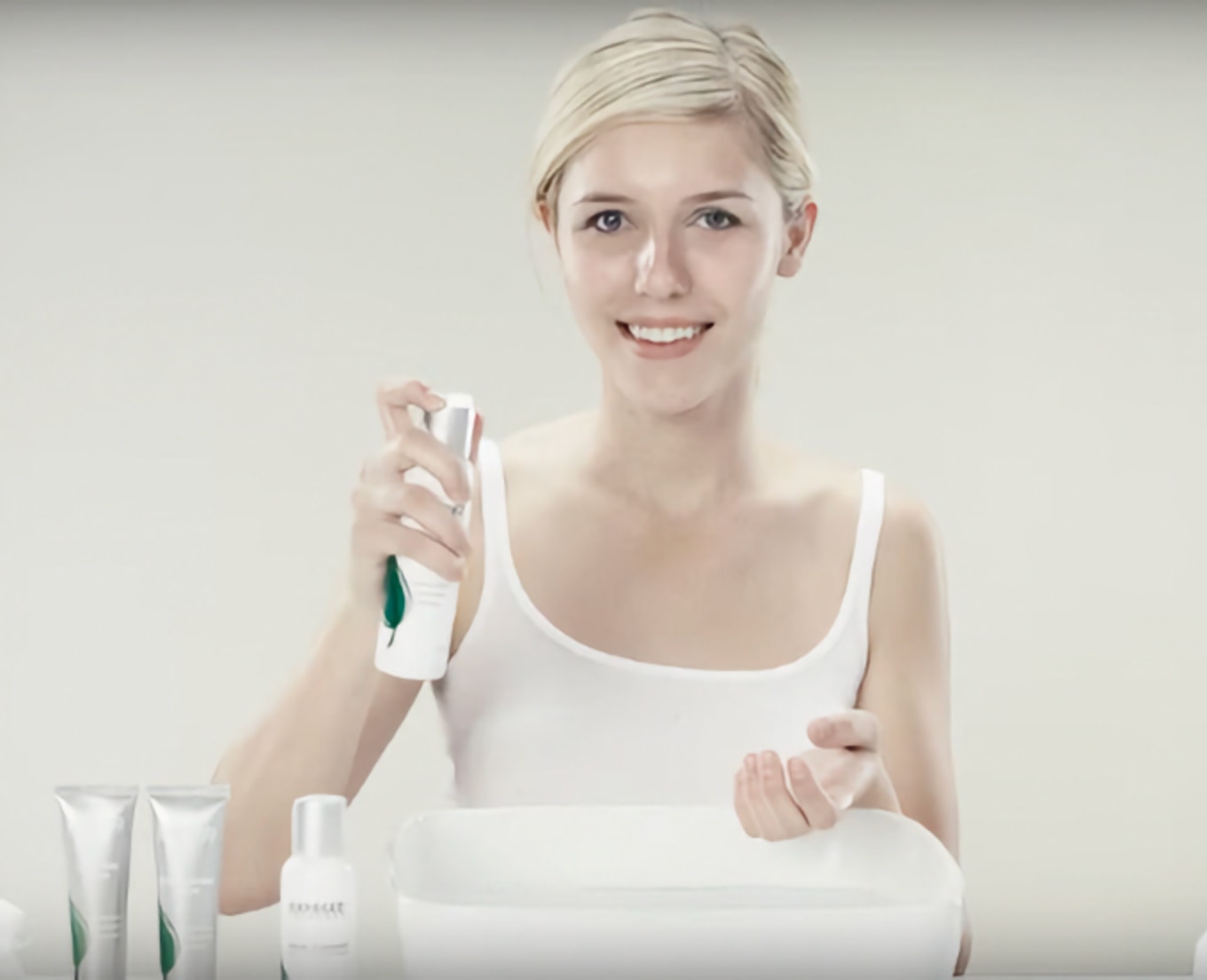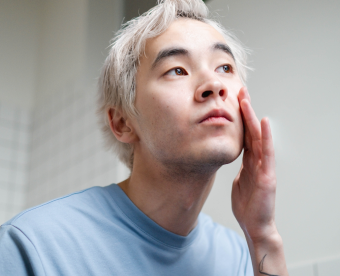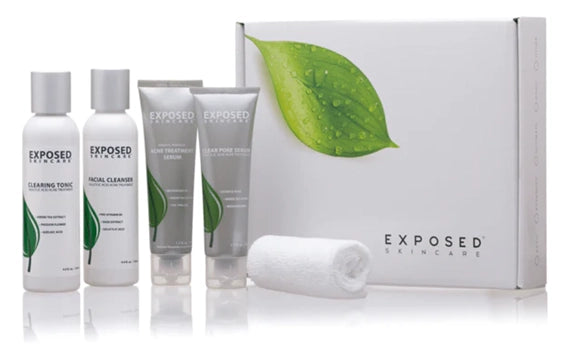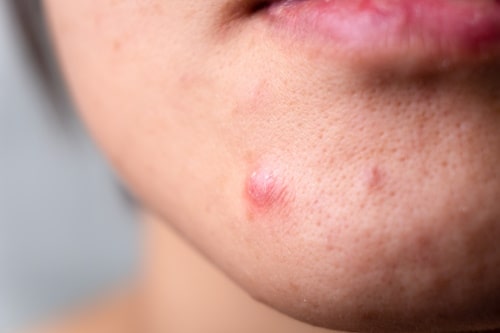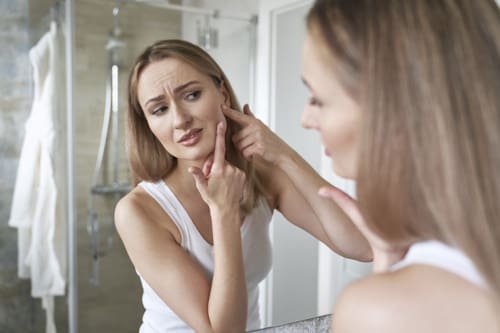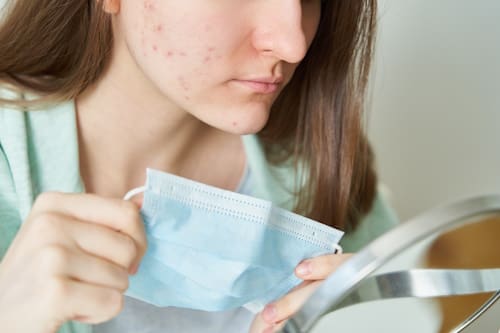Fungal acne is often confused with traditional acne. However, this type of acne is caused not by bacteria and oil but by an overgrowth of yeast, specifically Malassezia. Fungal acne is most common chest, back, and forehead, where moisture thrives.
Fungal acne is not actually acne. Unlike acne vulgaris, the common acne that typically comes to mind, fungal acne is caused by yeast. The big question is, "Is fungal acne contagious?" Let's delve deeper into the fascinating world of this skin condition.
Also read: How to choose the best acne treatment
Biggest Take-Aways:
- Fungal acne, or Pityrosporum folliculitis, is a unique type of acne caused by yeast overgrowth and requires specialized treatment differing from regular acne.
- The condition can be contagious and spread through direct skin contact, with the risk heightened in moist and oily environments.
- Successful management of fungal acne involves thorough understanding, accurate diagnosis, and appropriate treatment, typically including topical and oral antifungal medications.
- Exposed Skin Care is an over-the-counter solution that effectively treats both regular and fungal acne, preventing recurrence and promoting overall skin health.

The Mysteries of Fungal Acne Unveiled
The Face of Fungal Acne
Fungal acne appears as uniform, itchy, red bumps, or acne spots on the skin's surface. These bumps often result from yeast overgrowth in hair follicles, leading to an inflammatory response. Because the yeast thrives in oily, moist environments, individuals with oily skin may be at a higher risk of developing fungal acne.
Causes of Fungal Acne
Fungal acne is caused by an overgrowth of Malassezia yeast on the skin. This yeast is usually present on your skin but can sometimes multiply, leading to a fungal breakout.
Factors such as an overly moist environment, use of certain skin care products, or prolonged use of antibiotics, which can alter the normal skin microbiome, can cause fungal overgrowth and, thus, the development of fungal acne.
The Dilemma: Fungal Acne or Bacterial Acne?
One common misconception is that fungal acne and bacterial acne are the same. This misunderstanding often leads to misdiagnosis and wrong treatment.
Bacterial acne, or acne vulgaris, is usually caused by the overproduction of oil and dead skin cells clogging the pores. This blockage provides a perfect environment for the bacteria Propionibacterium acnes to multiply, leading to acne.

On the other hand, fungal acne is due to an overgrowth of yeast. The spots may look similar to bacterial acne but are quite itchy - a critical distinguishing factor. Fungal acne can spread when the yeast transfers through direct bodily contact with someone with the condition or through shared items like towels or bedding.
Is Fungal Acne Contagious?
Despite these differences, the key question remains: Is fungal acne contagious? Can it spread from person to person?
Interestingly, the answer is not as straightforward as one might expect. Since fungal acne is caused by an overgrowth of yeast already on our skin, it isn't "contagious" in the traditional sense, like a cold or flu.
However, certain circumstances can lead to the transmission of yeast, potentially causing a fungal acne breakout if the recipient's skin provides a favorable environment.
Hence, in some scenarios, fungal acne can be contagious. Understandably, it's a nuanced answer that leads to more questions, so let's look at the circumstances that might cause fungal acne to spread.
- Direct Contact: The transmission can occur through direct bodily contact with someone who has yeast overgrowth. This is most likely if the recipient's skin is also oily and prone to yeast overgrowth.
- Shared Personal Items: Another possible transmission method is shared personal items. Using the same towel, bed linen, or clothing can spread yeast, especially if these items are not regularly cleaned.
- Inadequate Hygiene: Poor personal hygiene can provide moist, warm conditions where the yeast thrives, increasing the likelihood of overgrowth and resulting in fungal acne breakouts.

How to Treat Fungal Acne: Effective Treatment Options
Once we have identified that fungal acne can be contagious in specific situations, the next logical question is how to treat this condition effectively. A word of caution: Fungal acne requires different treatment from bacterial acne because the treatments for the latter can sometimes exacerbate fungal acne.
Antifungal Treatments
The best treatment for fungal acne includes topical and oral antifungal options. These treatments target the yeast causing the skin condition. Topical treatments include creams, gels, or lotions applied to the skin. In contrast, oral treatments are medicines that can help manage more severe or persistent cases.
Proper Skincare
Using skincare products that don't contribute to a moist environment on the skin can also help treat and prevent fungal acne. This might involve choosing non-oily or non-comedogenic products.
Regular Cleaning of Personal Items
Regularly cleaning personal items that come into contact with the skin can reduce the risk of spreading the yeast. This includes towels, bed linens, and clothing.
Harnessing the Power of Exposed Skin Care in the Battle Against Acne
Exposed Skin Care, a comprehensive acne treatment solution, addresses common skin concerns like acne and inflammation. Its advanced formulation targets both bacteria and yeast, addressing the root causes of regular acne and the less common yet challenging fungal acne.
Benefits of using Exposed Skin Care include:
-
Dual Action: It targets both bacteria, usually responsible for inflammatory acne, and yeast, the fungus known to cause what is referred to as Pityrosporum folliculitis, also known as fungal acne.
-
Prevention: It is designed to keep acne from recurring by regulating yeast growth and preventing fungal infections.
-
Effective Diagnosis: It can assist in diagnosing acne types as it tends to clear typical acne, making any persistent, itchy bumps (how fungal acne looks) more noticeable and less likely to be mistaken for regular acne.
Opting for Exposed Skin Care can help ensure successful treatment of typical and fungal acne, ultimately leading to healthier, clearer skin.
Conclusion
Tackling fungal acne, known as Pityrosporum folliculitis, demands a unique approach, unlike typical acne treatment. This condition, often mistaken for regular facial acne, is a common skin condition and a persistent one. It thrives in specific environments and requires an accurate diagnosis for effective treatment.
While acne is usually associated with bacteria, fungal acne is due to yeast overgrowth. Understanding these distinct causes is crucial in ensuring the condition is properly diagnosed and treated.
For someone with fungal acne, their journey to clear skin often involves a combination of topical and oral anti-fungal treatments, a deep understanding of their skin's tendencies, and sometimes, a skin scraping test for definitive diagnosis.
A comprehensive approach to prevention and treatment, such as using Exposed Skin Care, can help keep fungal acne from recurring. This innovative solution treats Pityrosporum folliculitis and addresses typical acne, providing an all-encompassing answer to your acne woes.
FAQs
Q: Can anyone get fungal acne?
A: Yes, anyone can get fungal acne, but it's more common in individuals with oily skin or those who create a moist environment on their skin, such as athletes.
Q: Can fungal acne occur on the face?
A: Fungal acne can appear on the face, typically the forehead. However, it's more common on the chest and back.
Q: Can fungal acne be cured permanently?
A: It can be challenging to cure fungal acne permanently as the yeast that causes the condition is always present on our skin. However, managing the factors that contribute to yeast overgrowth can prevent future breakouts.
Q: Is fungal acne the same as a yeast infection?
A: While an overgrowth of yeast causes both conditions, they're not the same. Yeast infections are often internal and cause symptoms like itching and discharge, while fungal acne affects the skin and presents as itchy, red bumps.

